Recording while using a microphone is a surprisingly complicated task. Many believe that having a decent microphone is all that you require to have quality recordings. However, there are other factors you must consider as well. Having a great microphone is important, but many cannot spend hundreds of dollars to buy a good microphone.
Even with an expensive top-of-the-line microphone, the sound of the recording could be bad. The sound/voice could be deafening, too low, or the overflow of background noise could drown out other sounds. Background noises can ruin a good recording. Sometimes, you need to record everything again to reduce the noise.
If you are looking for a quick fix to improve the quality of your recordings, do not fret; we have your back. We have done plenty of research and collected a bunch of tips for making your mic sound better.
These tips will be of immense help and will help you sound more like a professional. Some tips involve how to record better physically, while some use hardware/software post-recording to edit the recording and produce better sounds.
Table of Contents
Tips on How To Make a Mic Sound Better
These are tips to use with the microphone to improve the sound quality.
1. Do Not Put the Mic on the Top of the Desk
While most YouTubers put their mics on top of their desktops, this isn’t something we recommend you do. The main issue with keeping the microphone on top of a desk is that it will pick up every click of a mouse or keyboard.
These noises would drown out your voice into the back and be very annoying for listeners. This would not be a problem for those consumers who will not be using their computers while recording. However, it will be an issue for those who will be using them.
The microphone will also pick up the noise of every movement on the desk. For example, if you pick up a glass of water from the desk and put it back, the mic will record it. This will sound like a loud thud that the audience will not appreciate.
You can resolve these problems by setting the microphone on a microphone boom as a replacement for the desktop stand. This way, the microphone will be away from the keyboard and mouse. Hence, it will not pick up any extra unwanted sounds.
2. Keep the Microphone Away From Your Mouth
You are supposed to keep the microphone near your mouth if you have a condenser microphone like AKG C214. Otherwise, there is no need to keep it so close. Other microphones are sensitive enough to pick up sounds from farther away. While recording, you should keep the microphone some 5 to 10 inches away from your face. By following this, the recorded sound will be naturally crisp.
By recording too near to the microphone, the sound will become distorted, which will make it challenging as well as obnoxious to listen to. On the other hand, recording from too far away will make the recording sound echo and unclear.
Related Post: View some other condenser microphone reviews recommended by Top Rate Reviews here:
- CAD U37 – Affordable Condenser Microphone For Studio Recording
- MXL 770 – Another affordable and popular choice for a condenser microphone
- MXL CR89 – Another MXL premium series for condenser microphone
3. Make Sure There Is No Background Noise
Before recording, listen hard and make sure there is not any background noise. We usually ignore this because we do not give it much thought. A microphone can pick up such background noises and make it difficult for the audience to focus on the video. Background noise makes it difficult to understand what you are saying.
Make certain that the windows and doors are closed so that the mic does not record the sounds from outside the room. Moreover, make sure to switch off the air conditioner and fan as they tend to make noises.
There are ways to remove background noises digitally; however, doing so affects the sound quality negatively. Hence, it is critical to have lesser noise in the room in the first place.
4. The Microphone Should Have It’s Back To Noise Sources
There are some noise sources you just cannot help turning off, like the computer you attach the microphone to or other uncontrollable noises. There is still a way to combat these issues.
Most microphones produced nowadays have cardioid polar patterns, which makes them pick up sounds from the front of the microphone. Hence, it will primarily focus on recording the sounds coming from the front of the microphone.
5. Use the Right Side of the Microphone
This might seem silly at first, but you need to know that microphones have two categories: microphones that are top-address, and microphones that are side-address.
Top-addressed microphones require the person to speak into the top of the microphone, such as the microphones in use in music recording studios.
Meanwhile, with side-addressed microphones, you must speak into it through the side. By figuring out which microphone you own, it would make a lot of difference in the quality of the recordings.
6. Make Sure To Stay in One Place While Recording
A lot of movement can cause the microphone to pick up the sounds in different volumes and might fluctuate, with the sound quality resulting in an unpleasant recording for the audience. This most definitely does not mean that you must sit still like a statue. Hand movements, shifting in the seat, and gestures are perfectly fine.
You can even walk while filming but only if you keep the microphone’s position stable and consistent. Then, you are good to go.
Improving Sound Quality After Recording
The next tips are going to help improve the sound quality after you complete the recording.
1. Gain Settings
Gain refers to the sensitivity settings of the microphone. The more the sensitivity, the more sounds the microphone picks up. The lesser the sensitivity, the lesser in-detail sounds the microphone will pick up. According to the type of video you are recording, you must set the gain appropriately.
If you are filming an ASMR video, the gain should be high as you need to capture all the sounds for immersive recording audio. If you are recording a simple podcast, the gain setting should be on medium or low as you only want to record the conversation of the person.
2. Equalizing the Sounds
Equalization is the process of modifying the volume of various tones in the auditory recording. For instance, you can enhance the bass levels or completely cut them out of the recording. Equalization is so much more delicate and makes slight adjustments to generate good auditory sound.
Equalizing the audio recording can make a big difference. You can apply an equalizer to reduce and improve or cut down and boost up certain limits of the frequencies.
3. Audio Compression
One of the problems with recordings is when one bit of the recording is louder than the other part. That does not mean that you cannot fix this. Compression helps solve this issue. Compressing the audio helps in a more uniform sound. This is done by increasing the softer frequencies and decreasing the louder frequencies.
There are many ways audio can be compressed; it could be used to improve or reduce the level of the wave production from the compressor, or how much compression is utilized can be determined or set before recording.
4. Noise Diminution
Even with high-end top-of-the-line microphones, there will be background hiss and noise that will remain. Removing that background noise is possible with noise reduction. After using the noise reduction setting, the noise would still be there, but it will be less prominent than it was before. Noise reduction cancels the frequency, which does interfere with the audio quality a little, but it will not be that apparent.
There are a lot of different ways to reduce the noises. However, the best ones are through using a noise print which cuts back noises selectively. Other ways are hiss removers and adaptive noise reduction. All these processes are great for reducing background noise and help produce crisp and top-notch recordings.
5. Buy a Good Quality Microphone
Audio processing can help in improving sound quality, but it is better to start with good quality recording in the first place. You cannot get rid of noise easily, even with audio processing and equalization.
Hence, it is important to have a good microphone. A good microphone along with a little bit of audio processing can help make the sound crisp and better than ever.
Conclusion
We can conclude that there are a lot of ways to improve microphone sound quality, both pre-recording as well as post-recording.
Having a decent microphone does play a huge role in the audio quality. It is also important to record in a secluded, noise-free area because you cannot completely diminish any background noise once it is recorded.
We hope that the tips and tricks we have listed above help you achieve the mark and record high-quality audio. Once you follow these tips and tricks, your audio quality will surely be like that of a professional! Happy recording.

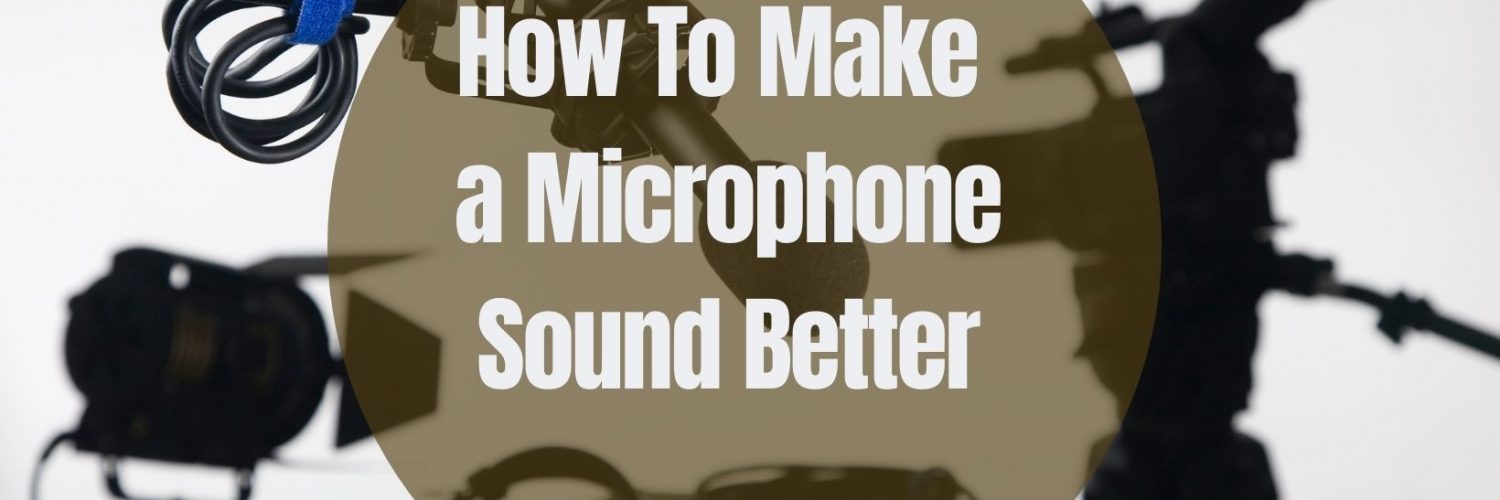

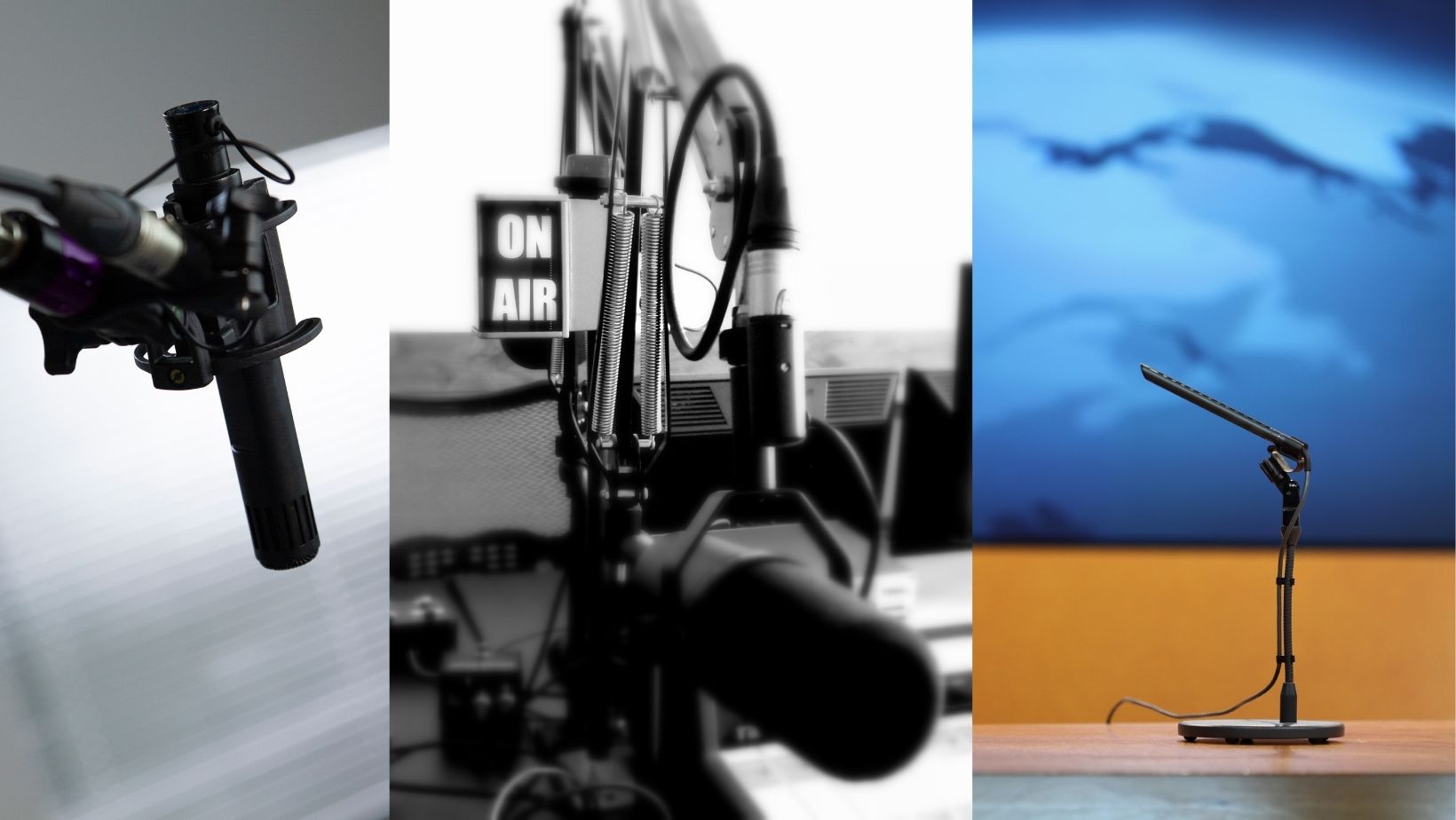
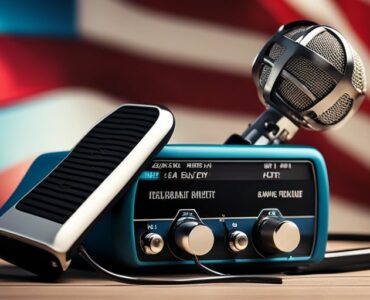
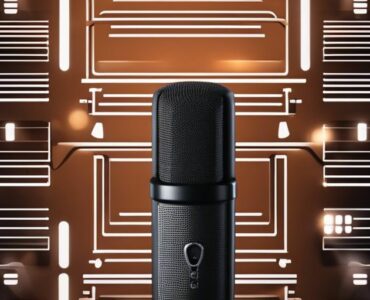
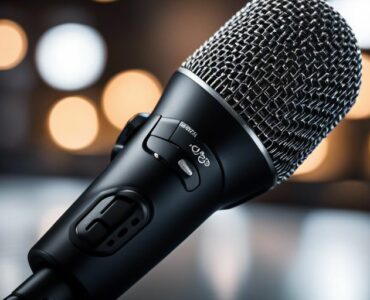





Add comment